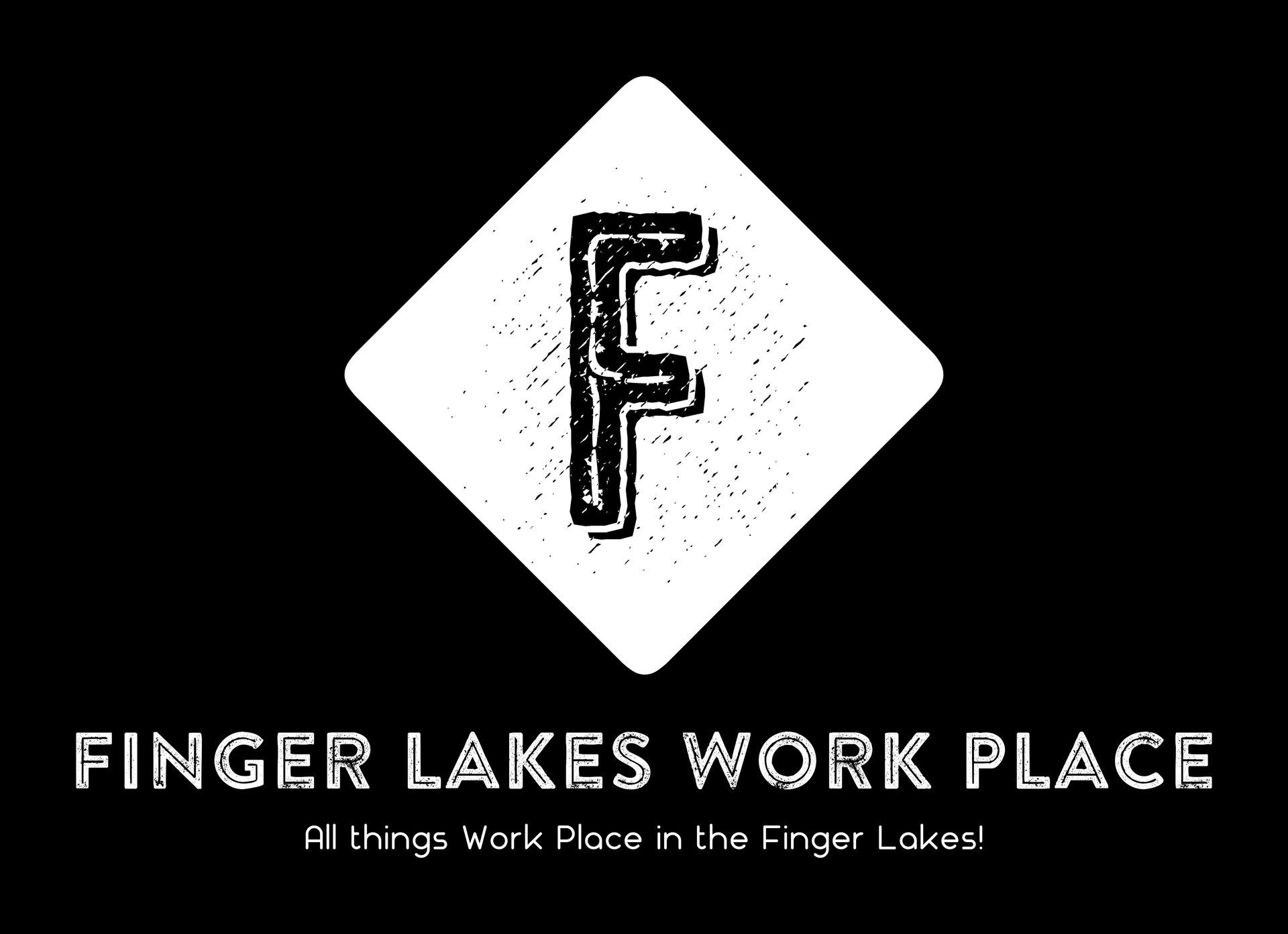Business Continuity: Is Your Business Ready if Disaster Strikes?
How to Protect Your Small Business with a Solid Recovery Plan
Disasters can happen without warning. Fires, floods, power outages, cyber attacks, or just equipment failing can bring your operations grinding to a halt. The impact for any business can be devastating if you're not prepared. However, with a proper plan in place, you can protect your data, minimize downtime, and get your business up and running again faster.
Here's where to start building Business Continuity Plan that actually works;
Back up Everything
Business data is important. Very important. Losing it means losing customers, revenue, and trust. Set up automated backups both on site and in the cloud, so if your systems fail, your information is still safe and sound. For example, a retail shop would want to back up it's POS data nightly, so sales and inventory records are never lost. A consulting firm would want digital copies of client documents stored on a NAS device, as well as in an automated cloud backup for quick recovery.
Create an Emergency Response Team
Designating an emergency response team, even if only a few people, to head up your emergency response when a crisis hits. Assign clear roles for customer notifications, internal communication, and technical response. For example, have an employee designated to handle external and media communications, the office manager notify employees, and IT work on restoring data.
When everyone knows their role, the team can more quickly address the situation.
Three words: Document, document, document
The emergency hits. Are you going to remember the details of your emergency plan off the top of your head? Stressful situations are not the time to test your teams memories. Write it down! Procedures, contacts, timelines. Keep a digital and printed copy in a designated area that won't be affected should you have a technical crisis.
Practice Your Plan, Update When Needed
If you're not testing your plan, will you be ready? Practice at least twice a year, complete with systems recovery test runs, and adjust your plan as you test. No plan will be perfect after the first time, or the tenth time. The practice runs will help uncover potential issues you may run into in real life, and reveal opportunities for improvement with each successive session.
Review Your Insurance Coverage
Ensuring coverage is there when you'll need it is key. No matter how much you plan, practice, and prepare, you won't be able to prevent every disaster. Policies should be in place for cyberattacks, hardware failures, and natural disasters. If they're not, it is highly recommended you talk to your insurance agent about getting those added to your policy.
Key Takeaways:
A plan today prevents panic tomorrow. Protecting your data, assets, and team is high priority, and having a plan in place and a properly trained team can lead to a faster, less stressful recovery when dealing with a crisis of any kind.
Need help with any of this, or a review of your current practices? Reach out for a FREE disaster recovery review. We'll help you assess your current plan, or build a new plan that's the best fit for your business.
Cheers!
Aaron



